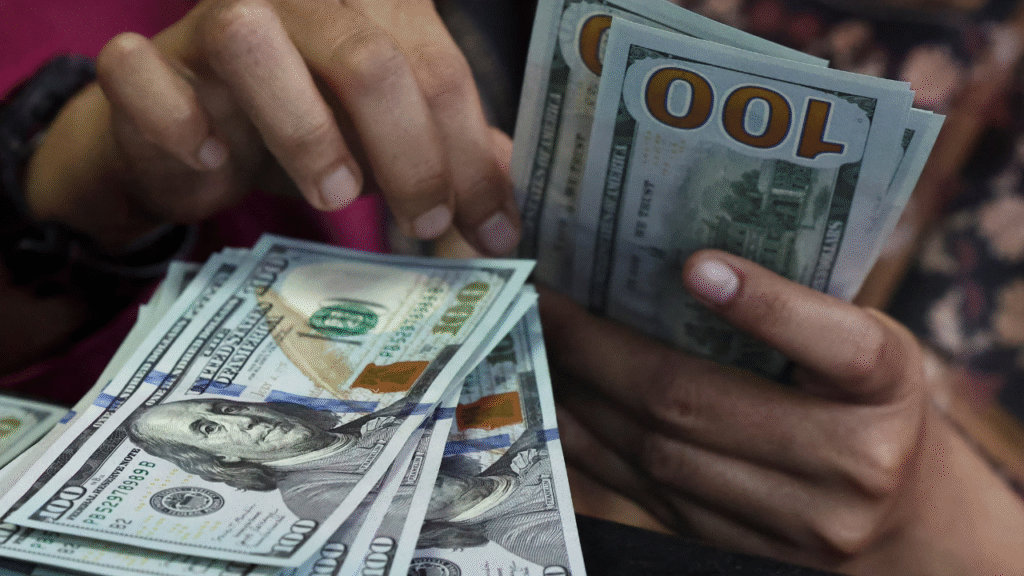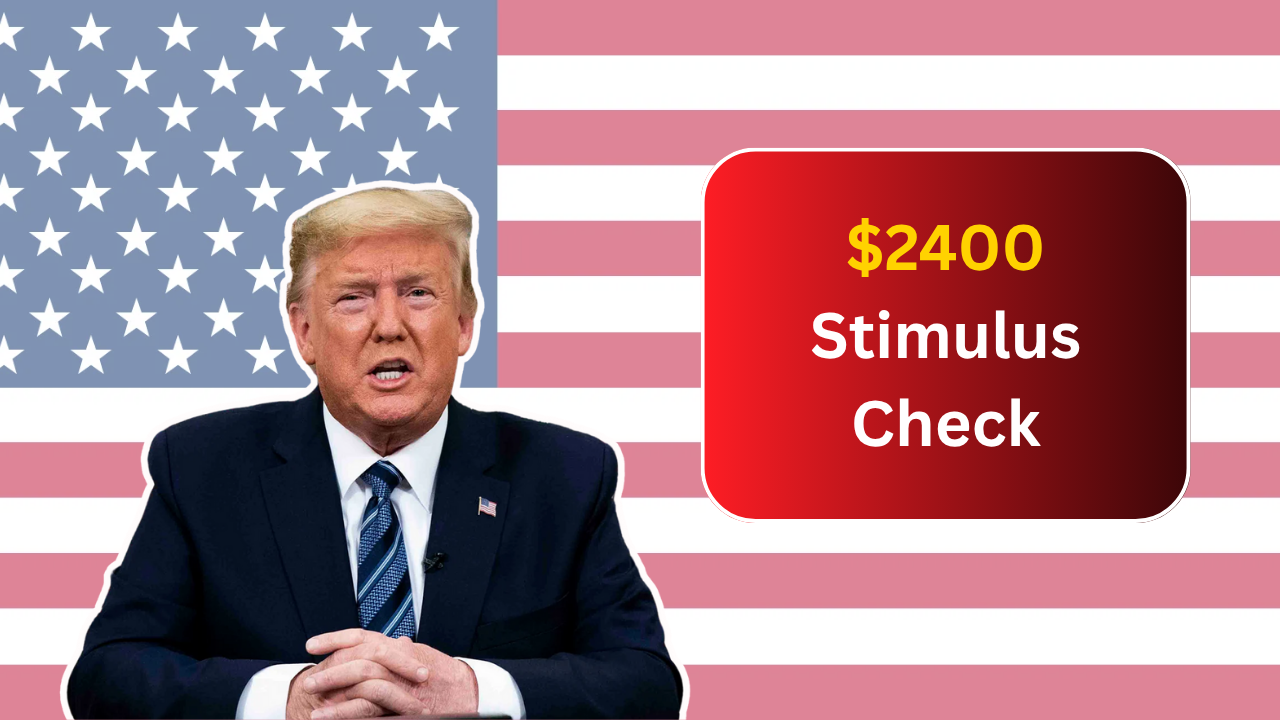In 2025, there has been growing buzz around the possibility of receiving a $2400 stimulus check. This potential financial support has caught the attention of many Americans, especially those struggling with inflation and rising living costs.
But the big question is: Who qualifies for these payments, and when can you expect to see them in your bank account? Let’s break down the details and clear up some confusion around the $2400 stimulus checks in 2025.
What are the $2400 Stimulus Checks?
The $2400 stimulus check is being discussed as a potential financial relief for Americans, specifically targeting individuals and families facing financial hardship.
The U.S. government has made similar efforts in the past, providing stimulus payments to help citizens cope with economic disruptions like the COVID-19 pandemic. However, unlike the earlier stimulus checks, this $2400 payment is still in discussion and has yet to be confirmed.
The payment would serve as direct financial assistance to qualified individuals, helping to ease the burden of living expenses. The amount is expected to be $2400, but it’s important to note that this number may fluctuate based on a person’s income, family size, and eligibility requirements.
Who is Eligible for the $2400 Stimulus Check?
The eligibility criteria for receiving the $2400 stimulus check would largely depend on the outcome of the discussions in Washington.
However, the eligibility would likely be similar to the previous rounds of stimulus checks, with a few changes based on current economic conditions. Here’s a general idea of who might qualify:
- Individuals with Low to Moderate Income: Those who earn below a certain income level would likely be eligible for the stimulus check. For instance, individuals earning under $75,000 per year and married couples making under $150,000 per year would probably qualify.
- Families with Children: Families with children could receive additional support, especially if they are facing economic struggles. The number of children in the household could impact the amount of the payment, with more children potentially leading to a larger payout.
- Social Security Recipients: People who receive Social Security benefits, including SSDI and SSI recipients, could also be eligible for the stimulus payment, as they did in past stimulus rounds.
- Unemployed Individuals: Those who are currently unemployed or receiving unemployment benefits may be eligible, as the government may target financial support toward individuals who are not working.
How Will the Payments be Distributed?

If the $2400 stimulus check is approved, the distribution process will likely be similar to previous rounds of stimulus payments. The payments would likely be distributed through direct deposit into individuals’ bank accounts. For those who do not have a bank account, paper checks or prepaid debit cards could be sent.
The IRS (Internal Revenue Service) is typically in charge of distributing the payments, and they would most likely use the most recent tax filing information to determine eligibility. This means that if you filed taxes in 2023 or 2024, that information would be used to process your payment.
Payment Dates for the $2400 Stimulus Check
As of now, the exact dates for the $2400 stimulus check are not clear. If Congress passes a bill that includes the $2400 payment, we can expect payments to be issued in phases, much like previous stimulus checks.
It’s important to stay updated on the progress of the bill in Congress. Once it’s passed, there will likely be an official timeline released for when payments will start being distributed. Historically, once legislation is passed, it can take a few weeks for the payments to begin arriving, so patience will be necessary.
Will the $2400 Stimulus Check Help Everyone?
While the $2400 stimulus check could offer financial relief to many Americans, it’s important to recognize that not everyone will benefit equally. For individuals who are struggling with high costs of living, the payment may not fully cover their expenses, especially in high-cost areas like California or New York.
Moreover, while the payment is significant, it is a one-time relief check. Many Americans may still face long-term financial challenges that require ongoing support. The government’s decision on this stimulus check may also impact the way future assistance programs are structured.
How Can You Prepare for the $2400 Stimulus Check?
To ensure that you receive your $2400 stimulus check if you are eligible, here are a few steps to take:
- File Your Taxes: The IRS will likely use your tax returns to determine your eligibility. Make sure your most recent tax return is filed and up-to-date. If you haven’t filed yet, consider filing as soon as possible to avoid delays.
- Update Your Bank Information: If you’ve moved or changed your bank account information since your last tax return, be sure to update your details with the IRS. This will help ensure that the payment is sent to the correct account.
- Check IRS.gov for Updates: Stay informed by checking the IRS website for news and updates on the stimulus check. They will provide official information on eligibility, payment dates, and how to check the status of your payment.
- Beware of Scams: As with past stimulus payments, scams are likely to increase. Be cautious of emails or phone calls asking for your personal information or promising faster payment. The IRS will never ask for payment details or Social Security numbers via email or phone calls.
The Bigger Picture: What Does This Stimulus Check Mean for the Economy?
The $2400 stimulus check is just one piece of the puzzle when it comes to addressing economic struggles in the United States. While the check may help with short-term expenses, it’s unlikely to solve the underlying issues, such as inflation, rising housing costs, and stagnant wages.
Many economists argue that more comprehensive, long-term solutions are needed to ensure financial stability for American families. This could include policies focused on job creation, healthcare access, and education, as well as measures to reduce inflation.
Final Thoughts
The $2400 stimulus check has the potential to provide much-needed relief for many Americans. However, its impact will depend on several factors, including eligibility, the distribution process, and whether the payments will truly make a significant difference in people’s long-term financial health.
If the payments are approved, they could provide a lifeline to many families struggling to make ends meet. Stay informed, and be prepared to take action when the IRS releases more information on how and when the payments will be issued.





